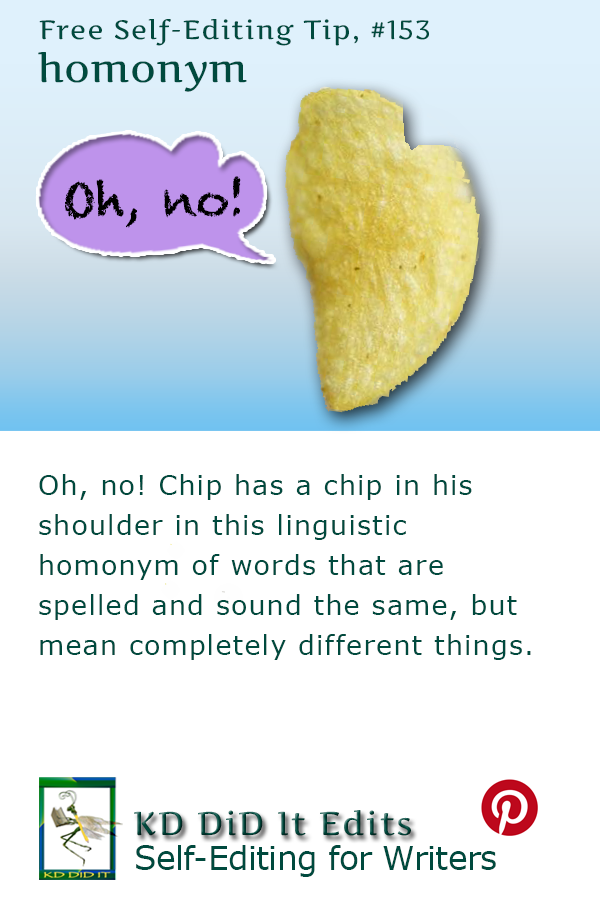Revised as of
7 Mar 2023
A homonym is a type of linguistic word play with its own subsets (see Table 1 below). The two primary subsets are homographs (with the heteronym a subset of the homograph) and homophones (with its subset, heterographs).
If you break homonym apart:
Homo- means same
-onym means word, name
This means a homonym is spelled the same and sounds the same. It may also comprise one or more words (one word is the most common). Some of the Word Confusions about which I post are homonyms.
Why Writers Should Understand Word Play
I thought Sensei Michael put it very well in his post, “Homonyms, Homophones and Homographs”, <http://www.senseimichael.com/2013/04/17/homonyms-homophones-and-homographs/>: that “understanding these various forms of wordplay are important in composing and appreciating poetry, puns and jokes. A child with such an understanding would be on his way towards stronger literacy and mastery of the English language”. I do know that I’d prefer to have my attention caught by humor or emotion than by a word in the wrong context.
Linguistics and Word Confusions sometimes . . .
. . . involve the same words as it does here in this post on “Homograph”. Whereas a Word Confusion is a pair (or more) of words that are confused spelling-wise with each other, Linguistics may jump in because of the confusion involved in how the words are used within the structural rules and principles of English.
As I discover more examples, also-known-ases, and additions, I’ll update this post. If you have a suggestion, I would appreciate you contacting me. If you found this post on “Homonym” interesting, consider subscribing to KD Did It, if you’d like to track this post for future updates.
| Homonym | ||||||||||||||||||||
| Part of Speech: Semantics, Word Play, Figure of Speech | ||||||||||||||||||||
| Definition: Words that sound alike and are spelled the same but have different meanings.
Homonyms may be:
|
||||||||||||||||||||
| Examples: | ||||||||||||||||||||
|
||||||||||||||||||||
C’mon, get it out of your system, bitch, whine, moan . . . which words are your pet peeves? Also, please note that I try to be as accurate as I can, but mistakes happen or I miss something. Email me if you find errors, so I can fix them . . . and we’ll all benefit!
Satisfy your curiosity about other Linguistics posts by exploring its homepage or more generally explore the index of self-editing posts. You may also want to explore Book Layout & Formatting Ideas, Formatting Tips, Grammar Explanations, the Properly Punctuated, Word Confusions, Writing Ideas and Resources, and Working Your Website.
Resources for Homonym
Moore, Carol. “Explanation of Homonyms, Homophones, Homographs, and Heteronyms.” Buzzy Bee Riddles. n.d. Web. n.d. <http://www.magickeys.com/books/riddles/words.html>.
Pinterest Photo Credits:
I can’t find where I originally found this chip with a chip in it. If anyone recognizes it, let me know, so I can properly credit the creator.


